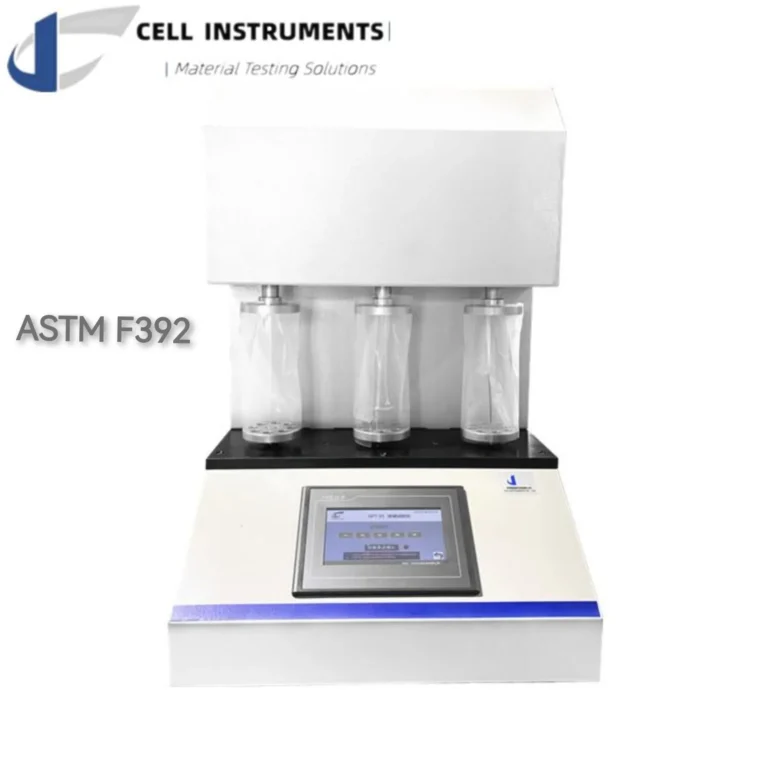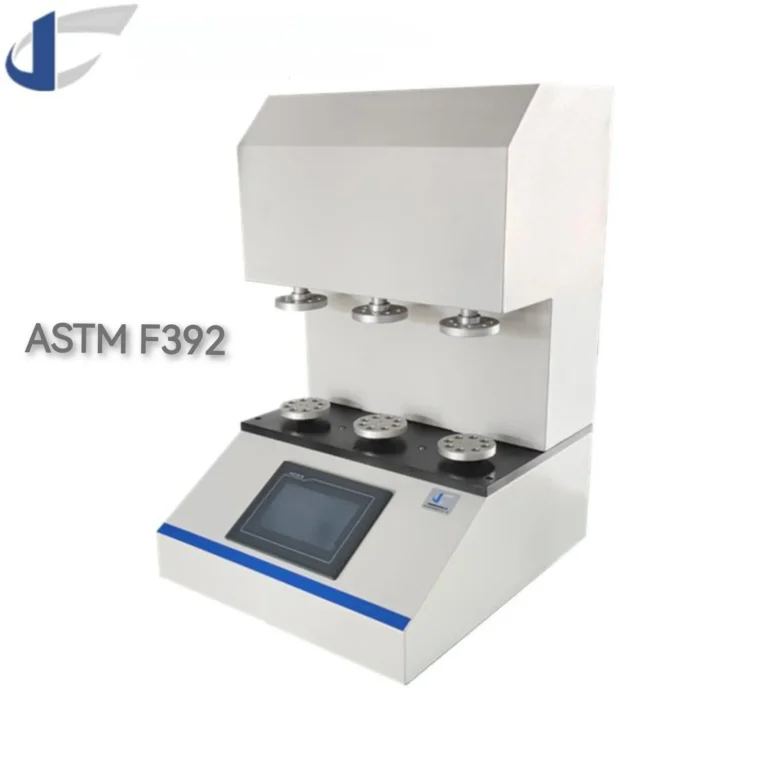Inner Sealing Layer Flex Durability and Barrier Performance
In flexible packaging, the inner sealing layer plays a pivotal role in maintaining product integrity, especially during transportation and handling. This layer must not only form a reliable heat seal but also resist damage from mechanical stress like folding, crumpling, or twisting. To ensure high performance, manufacturers rely on standardized tests such as the метод на гелбо тест (ASTM F392) and specialized instruments like the флекс тестер за издржливост.
Durability of the inner sealing layer is particularly critical in food, pharmaceutical, and medical packaging. A compromised inner layer can result in leakage, contamination, or even total seal failure, leading to product loss and decreased consumer confidence.
Gelbo Test Method, Flex Durability Tester, and ASTM F392
To assess the reliability of the inner sealing layer under real-world conditions, the метод на гелбо тест has become an industry benchmark. This procedure, described in ASTM F392, simulates repeated flexing and twisting that packaging films experience during handling, filling, sealing, and transit.
На флекс тестер за издржливост—like Cell Instruments’ GFT-01 Four Test Station—executes the gelbo flex motion by:
Applying a 440° twist in the first 90 mm of stroke
Following with a 65 mm linear compression
Repeating this cycle 45 times per minute, simulating intense mechanical fatigue
This test reveals whether the inner sealing layer and adjacent materials can withstand flex stress without forming pinholes or cracks. If such flaws appear, the barrier properties and seal reliability are compromised.
ASTM F392 ensures that testing results are consistent, reproducible, and reflective of real-world stresses. It is especially valuable in:
High-barrier laminates used in vacuum or modified atmosphere packaging
Medical pouches that undergo sterilization and mechanical manipulation
Metalized or EVOH-coated films where crack initiation can ruin performance
Why Inner Sealing Layer Durability Matters
На inner sealing layer is typically composed of heat-sealable polymers like LDPE, LLDPE, or PP, depending on packaging requirements. Its flexibility, adhesion, and toughness determine how well the final package maintains its seal and integrity.
Poor flex resistance in this layer may lead to:
Micro-cracks that turn into pinhole leaks
Reduced barrier effectiveness, allowing oxygen or moisture ingress
Seal weakening or seal delamination
Shortened shelf life or product spoilage
By using a флекс тестер за издржливост to quantify resistance to flex-induced failure, manufacturers gain insights into material suitability, sealing performance, and design optimization.
Applications in Food, Medical, and Industrial Sectors
На inner sealing layer is exposed to frequent deformation in many packaging applications:
Snack bags and pouches experience crumpling and bending in transit
Medical device packaging must endure sterilization processes without failure
Industrial films, such as geomembranes, must withstand repeated folding or deployment stress
In these cases, flex durability testing of the inner seal helps prevent:
Regulatory non-compliance
Material over-engineering (which increases cost)
Packaging recalls or leakage-related customer complaints
Advanced Testing with Cell Instruments GFT-01
На GFT-01 Flex Durability Tester by Cell Instruments automates the ASTM F392 gelbo test method with precision and reliability. Designed for simultaneous testing of four specimens, this device offers:
Customizable cycle programs (e.g., 900, 2700, or user-defined cycles)
Consistent mechanical motion, eliminating human variation
Support for various film sizes and laminate types
Efficient, high-throughput testing for R&D and QA departments
By deploying the GFT-01, users can quickly identify material weaknesses, improve packaging designs, and validate film performance under flexural fatigue conditions. This enhances product quality while reducing failure rates and customer dissatisfaction.
Conclusion
На inner sealing layer is a critical component of flexible packaging, directly affecting sealing reliability and barrier protection. Testing its resilience using the метод на гелбо тест, guided by ASTM F392, is essential for manufacturers aiming to maintain package integrity during real-world use.
Using professional instruments like the Cell Instruments GFT-01 Flex Durability Tester, packaging professionals can ensure their materials meet the demands of high-flex environments and deliver consistent quality to end users.


